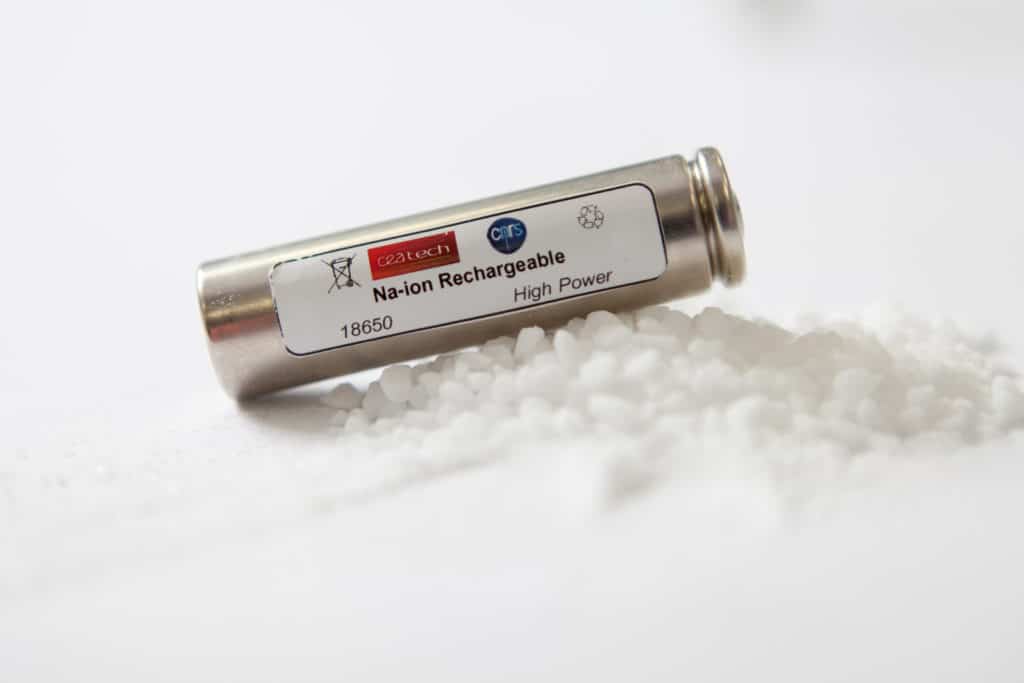[LUM#3] A drum set that doesn't lack salt
French researchers have developed an innovative battery prototype that runs on sodium. A potential revolution in the expanding world of batteries...

This metal cylinder, 1.8 cm in diameter and 6.5 cm high, is the reason your laptop starts up smoothly and cordlessly every morning. These dimensions have earned it its nickname: 18650, a standard battery format. Except that this little cylinder is special, revolutionary even... What's its secret? It's a battery using sodium ions ", explains Laure Monconduit, a researcher at the Charles Gerhardt laboratory.
For the time being, batteries on the market are made from lithium. The problem is that lithium, which is only found in a few countries such as Colombia, Chile and China, could become scarce. To avoid a possible shortage, a replacement had to be found: for some years now, this has been the focus of an open competition pitting scientists from all over the world against each other.
Sodium was the ideal candidate," stresses Laure Monconduit. This close cousin of lithium has equivalent chemical properties and is a thousand times more abundant on the planet's surface. It is found in the form of sodium chloride, the other name for salt. Far less expensive than lithium, it could be used to produce batteries at lower cost.
Sodium vs lithium
In just a few months of intensive research, a group of French researchers has succeeded in developing a prototype sodium battery in the famous 18650 industrial standard format.With an energy density of 90 Wh/kg, its performance is still a little lower than that of lithium batteries, but it is set to improve," stresses the researcher.
Sodium batteries are already winning over manufacturers. "With its low cost, it's a very good candidate for equipping electric cars", stresses Laure Monconduit. In the future, it could also be used to store renewable energy. Immense commercial prospects in a booming market that is set to double in size over the next few years.
To find out more :
- See also Unlocking lithium
- Listen to the episode "A l'UM la science "From the secret of batteries to the geochemistry plateau with Marie-Liesse Doublet from ICGM
Network energy
"French researchers are very successful in the field of batteries, filing a lot of patents, but unfortunately very few result in industrial innovations," notes Laure Monconduit. How can we help scientists turn this into a reality? By bringing together research laboratories, public institutions and industry. This is the challenge taken up by the RS2E network, created in 2010. "It's the first time that all these specialists have worked hand in hand," enthuses Laure Monconduit. It's a winning synergy that has enabled the CEA to produce a sodium battery prototype in less than 6 months.
The RS2E brings together 17 CNRS/university research units, 14 industrial partners and 3 public institutions(CEA, IFPEN and INERIS).
UM podcasts are now available on your favorite platforms (Spotify, Deezer, Apple podcasts, Amazon Music...).